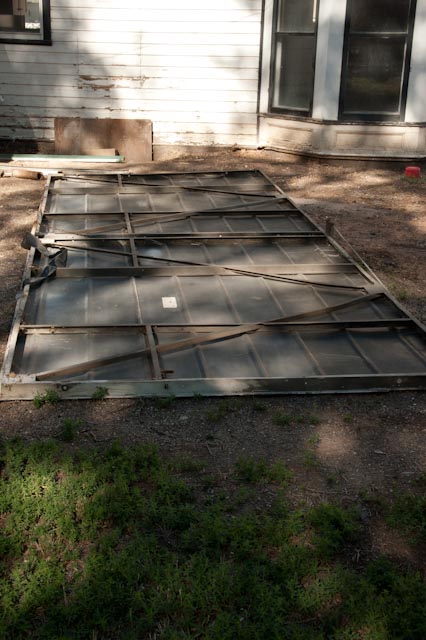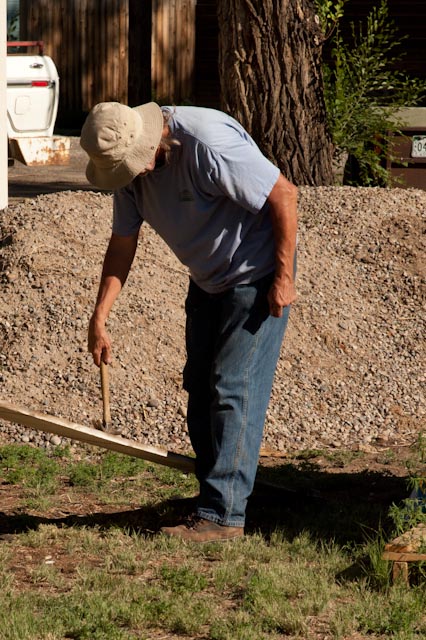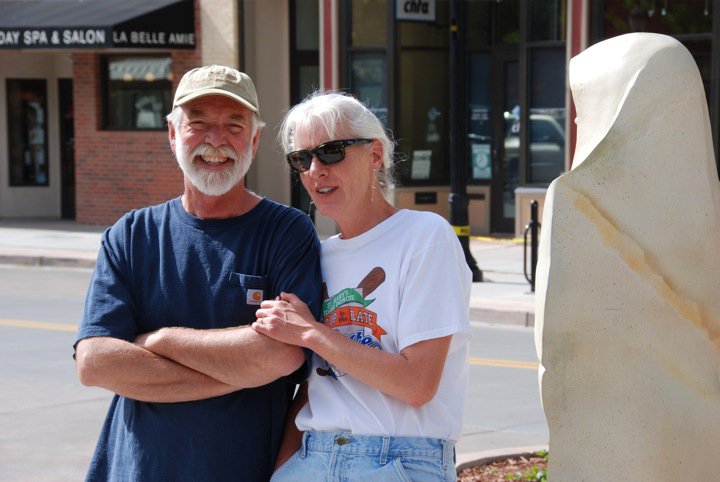September 1, 2014 marked one year of Bill and Donna’s ownership of the House. A lot has happened in a year:
We learned about the original owners, Dr. Charles and Gertrude Masser and about life in Western Colorado in the 1900s.
We met some of the families that lived in the House and learned some great stories of their time there. The Sorters, who lived in the House in the 1980s, and the Littles: Leslie, Roger, Mitch, and Virginia, who lived in the house starting in the 50s.
Troubled trees were removed, and the sinking porch was shored up.
Winter’s snows came and the carriage house was taken down. Meanwhile, we learned about the sorts of tack and carriage Dr. Masser might have stored there.
Plans to lift the House for a new foundation involved removing additions that had been built onto the original structure.
Porches and chimneys were removed, bricks were cleaned and saved, trees were trimmed, and Leslie and Roger picked up the family sidewalk sections during One Busy Summer.
This last week, in order for the house-lifting company to have enough room, alterations are being made to the garage. Its nearly unusable door was removed to make way for more efficient storage shed style doors. Here’s a look:
The House has come along way from September 1, 2013
to September 1, 2014.
As Bill puts it, “One year down and a few more to go.”










